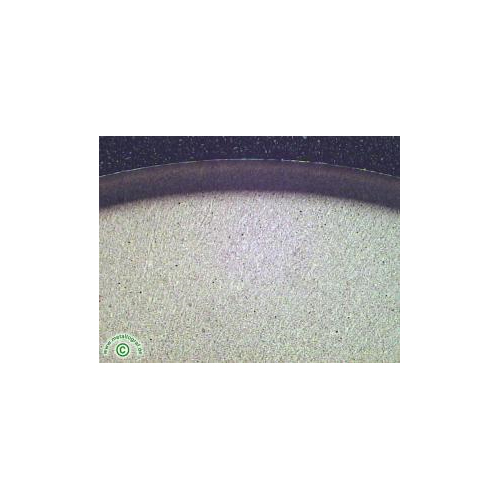Gas Nitriding Services
Gas Nitriding Services Trade Information
- Minimum Order Quantity
- 1 Unit
- Delivery Time
- 7 Days
About Gas Nitriding Services
Gas Nitriding is an excellent alternative to liquid nitriding with the proven ability to meet and exceed the capabilities of the liquid treatments.
Liquid and gas nitriding have historically been used to fill different niches, with gas nitriding typically being used for deeper cases which are impossible to produce with liquid nitriding. In actuality, the two processes are nearly identical, as they rely on the same fundamental principles to achieve hardening. Gas nitriding was the first process to be developed, with the first patent being in 1908. Liquid nitriding became popular in the 1930s because it offered better uniformity and required a lower capital investment than the gas nitriding furnaces of the time. These advantages do not hold true in the present day, as modern controlled gas nitriding has advanced to the point where it is displacing liquid nitriding as the method of choice for low temperature case hardening.
The "Post-Oxidation" or "Oxynitriding" process is the gas equivalent of the brand-name QPQ process typically offered with liquid nitriding. With both processes, a black Fe3O4 oxide layer is formed to improve the corrosion-resistance. AIHT's Post-Oxidation Reaction (PROTM) process replicates the QPQ process of liquid nitriding.
Surface hardness is dependent on material chemistry, and thus is equivalent between nitriding processes. Core hardness is dependent on initial tempering condition provided that the nitriding temperature used is significantly below the tempering temperature. The radial growth of the component is related to the amount nitrogen that is diffused into the surface (which can be approximated by case depth), and will be equivalent for comparable case depths.
Gas Nitriding can be tailored to generate cases of virtually any depth including depths shallower than Liquid Nitriding. Since gas nitriding is computer controlled, it is much easier to meet thin case specifications as are commonly found in sour service applications


Price:
- 50
- 100
- 200
- 250
- 500
- 1000+



